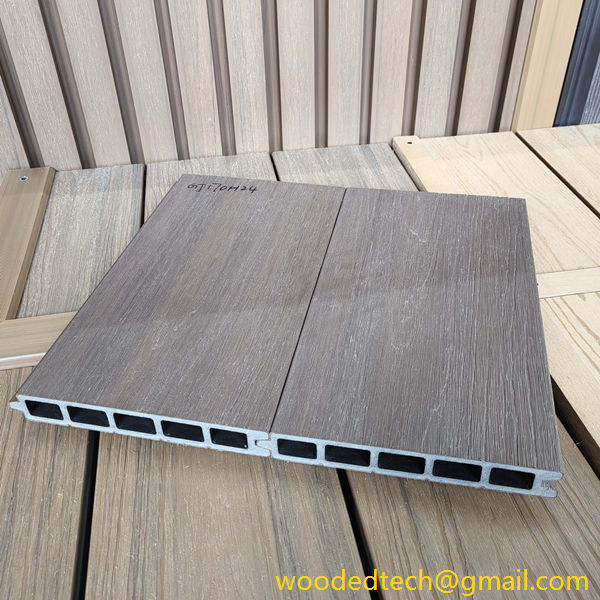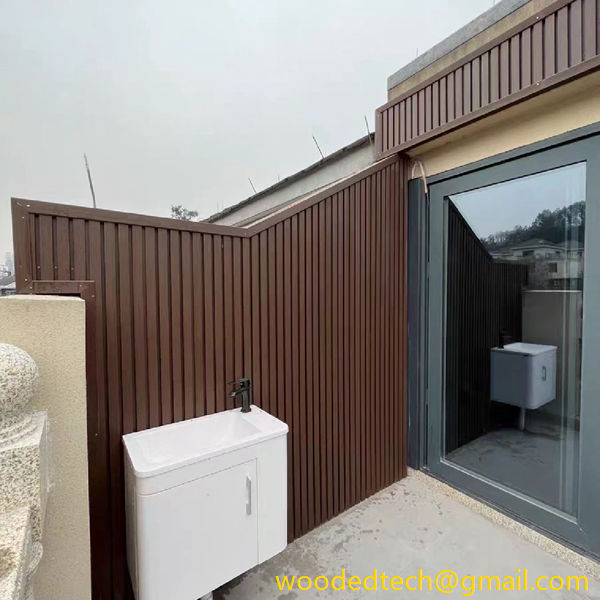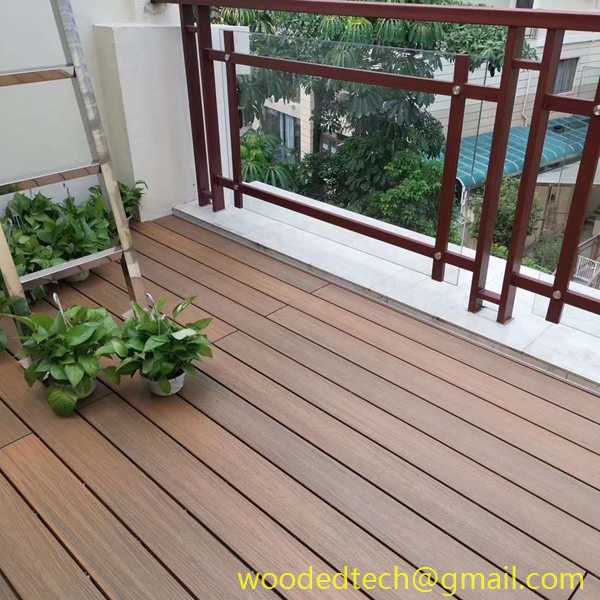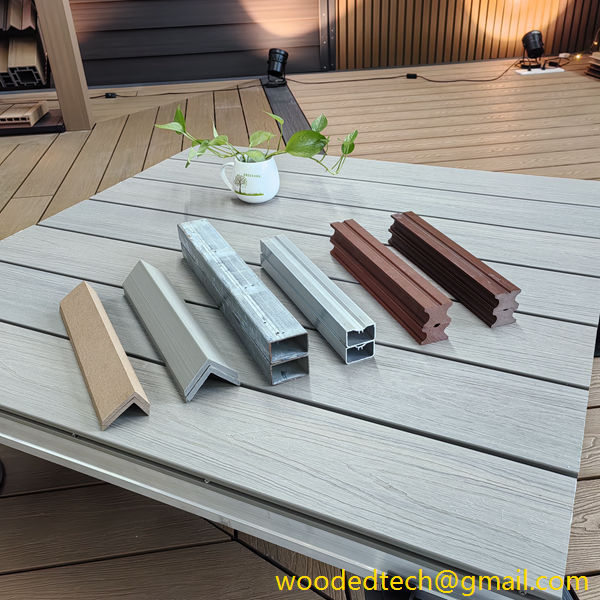Upgrade Your Home with WPC Composite Cladding Solutions
In recent years, the demand for innovative building materials has surged, leading to the rise of Wood Plastic Composite (WPC) cladding solutions. This modern alternative to traditional wood and vinyl cladding offers a unique blend of durability, aesthetic appeal, and environmental sustainability. As homeowners seek to enhance their properties, WPC composite cladding stands out due to its global production capabilities and competitive pricing advantages.

The global distribution of WPC production plays a pivotal role in its widespread availability and affordability. Major manufacturing hubs for WPC composites have emerged in regions such as North America, Europe, and Asia. Countries like the United States and China are at the forefront of WPC production, leveraging advanced technologies and large-scale operations to meet the increasing demand. The abundance of raw materials, including recycled wood fibers and thermoplastics, has facilitated the growth of this industry. This resource availability translates to lower production costs, which can be passed on to consumers in the form of more competitive pricing.
In addition to the cost benefits, the global production landscape allows for a diverse range of WPC products tailored to different market needs. For instance, manufacturers can produce cladding solutions that cater to various climatic conditions, ensuring that homeowners receive products that are not only aesthetically pleasing but also functional. This customization is crucial in enhancing the longevity and performance of cladding materials, particularly in areas with extreme weather conditions.
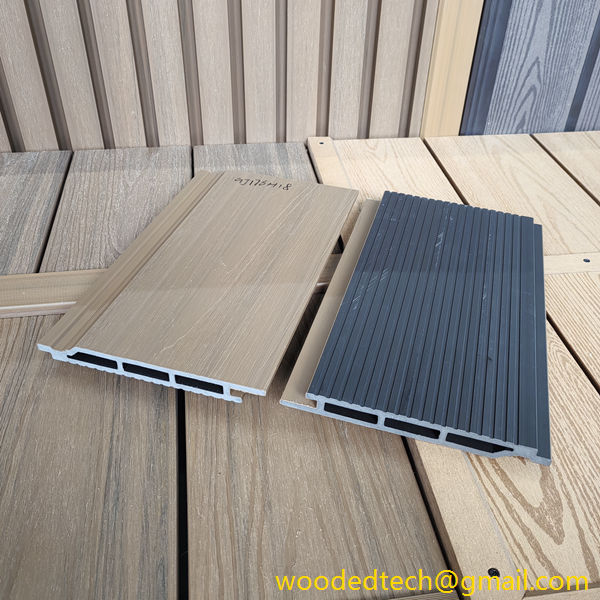
WPC composite cladding also benefits from economies of scale. As production facilities expand and technological advancements are made, the cost per unit decreases. This reduction in manufacturing costs helps to keep the retail prices of WPC products competitive compared to traditional materials. Homeowners looking for budget-friendly options without compromising on quality will find WPC cladding an attractive choice. Furthermore, the longevity of WPC products, which are resistant to rot, mold, and insect damage, means that homeowners will save on maintenance and replacement costs over time.
From a pricing perspective, WPC cladding solutions present a compelling case for investment. The initial cost of WPC composite cladding may be slightly higher than that of traditional wood, but when considering the overall lifecycle costs, it becomes a more economical choice. Homeowners can expect to enjoy a longer lifespan from WPC materials, reducing the frequency and expenses associated with repairs and replacements. Additionally, the minimal maintenance required for WPC cladding, such as periodic cleaning and occasional resealing, further enhances its cost-effectiveness.
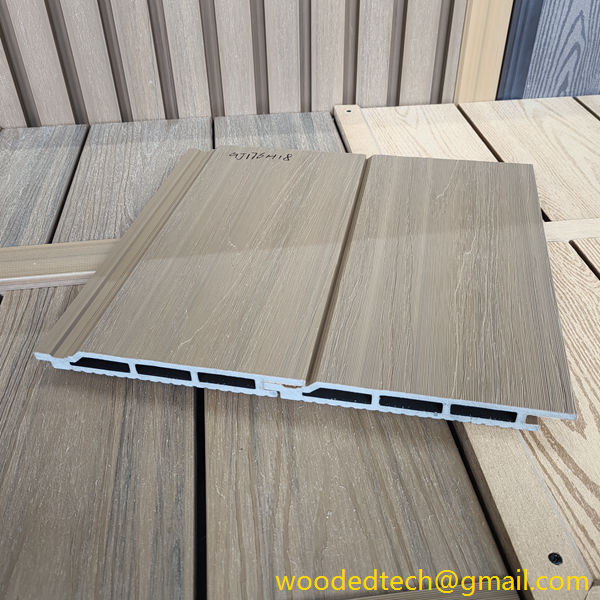
The environmental benefits of WPC composite cladding also add to its appeal. With a growing global emphasis on sustainability, many manufacturers are prioritizing eco-friendly practices in their production processes. By utilizing recycled materials, WPC composites help to reduce the demand for virgin wood, which is essential for preserving forests and promoting biodiversity. This sustainable approach resonates with environmentally conscious consumers who are increasingly looking for green building materials that align with their values.
Moreover, WPC cladding is designed to be energy efficient. The thermal performance of WPC materials can help to regulate indoor temperatures, thus potentially reducing heating and cooling costs. Homeowners can enjoy a comfortable living environment while contributing to energy conservation efforts. This aspect is particularly important as energy costs continue to rise globally.
The aesthetic versatility of WPC composite cladding is another significant advantage. Available in a wide range of colors, textures, and finishes, WPC products can mimic the natural appearance of wood while providing the benefits of synthetic materials. Homeowners can achieve their desired look without sacrificing durability or performance. This flexibility in design options allows for personalized home upgrades that enhance curb appeal and overall property value.
In conclusion, upgrading your home with WPC composite cladding solutions is a wise investment that offers numerous benefits. The global production capabilities ensure that these materials are accessible and competitively priced. With their durability, low maintenance requirements, and environmental advantages, WPC cladding solutions present a cost-effective alternative to traditional building materials. As homeowners continue to prioritize both aesthetics and sustainability, WPC composite cladding will remain a popular choice in the evolving landscape of home improvement. Embrace the future of building materials and consider WPC composite cladding for your next home upgrade.


